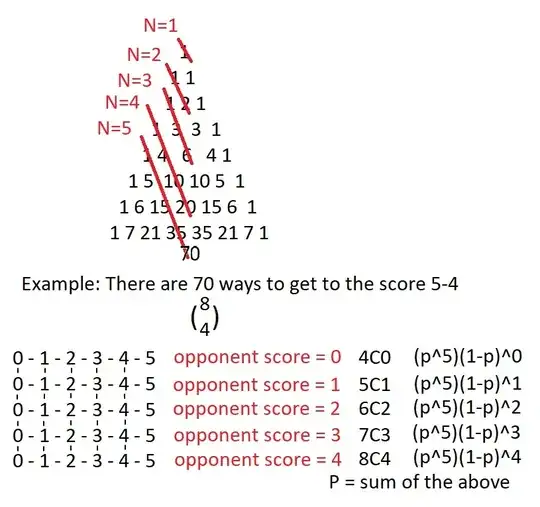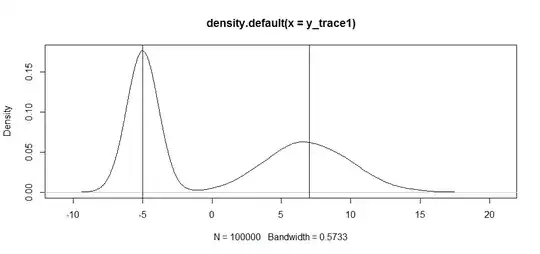It's similar to the post Interpretation of R's lm() output.
lm(formula = iris$Sepal.Width ~ iris$Petal.Width)
however, just a point that I can't understand for the explanation of t-value.
It shows that, t-value is the ratio from the first two values
t-value = estimate_mean/std.error
Questions: Is this t-value exactly the t-score in student's t distribution?
Based on my understanding, from the definition, t-score is calculated as follows.

If assuming a null hypothesis that response residual mean is 0, the correct t-score in this lm() case, in my understanding, should be as follows.
t-score given H_null = estimated_mean / (std.error/sqrt(n))
= sqrt(n) * estimated_mean/std.error
Therefore, t-score I derived is sqrt(n) times larger than t-value given by lm() .... Any one know which part is wrong above? Thanks!
